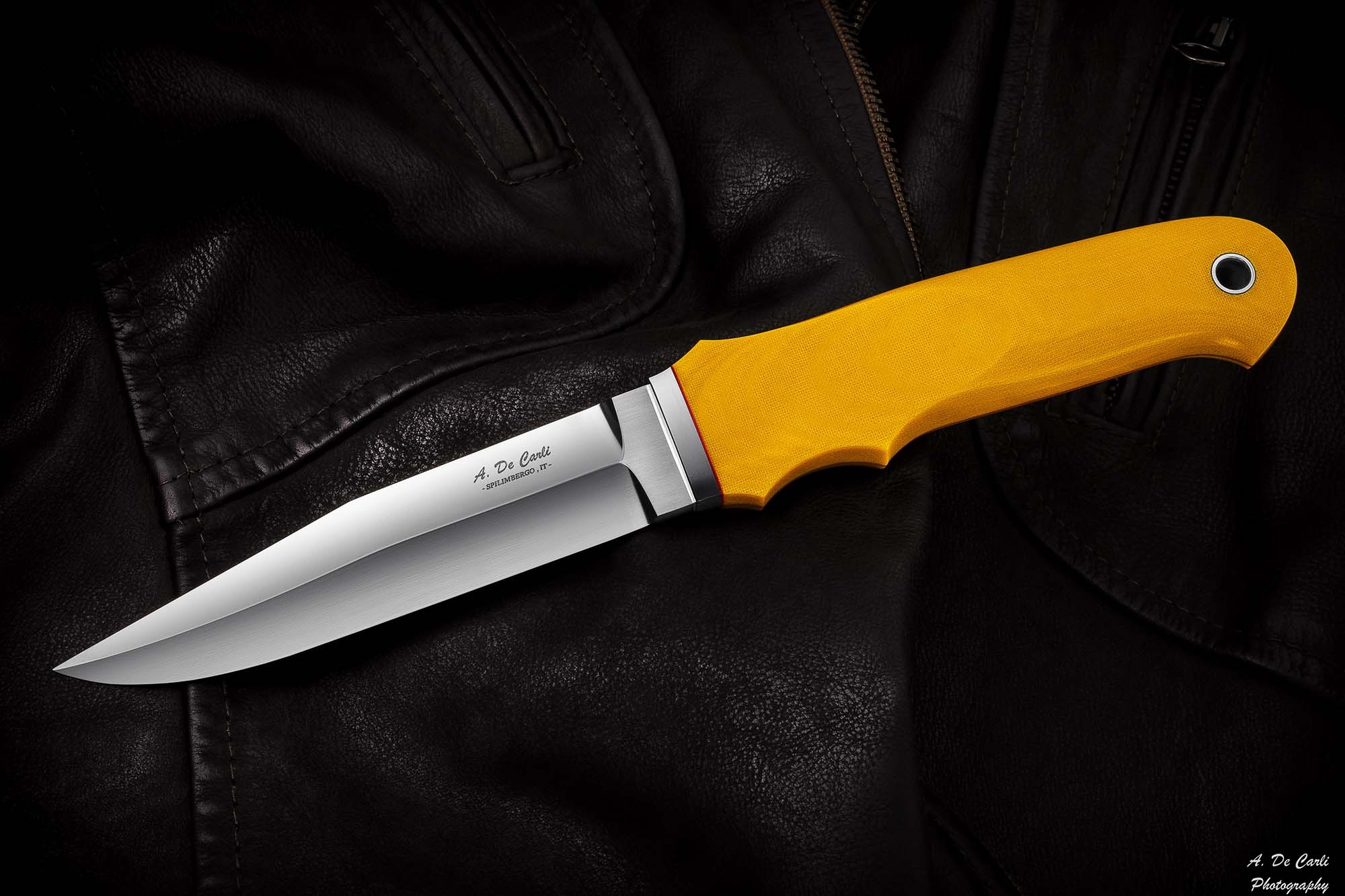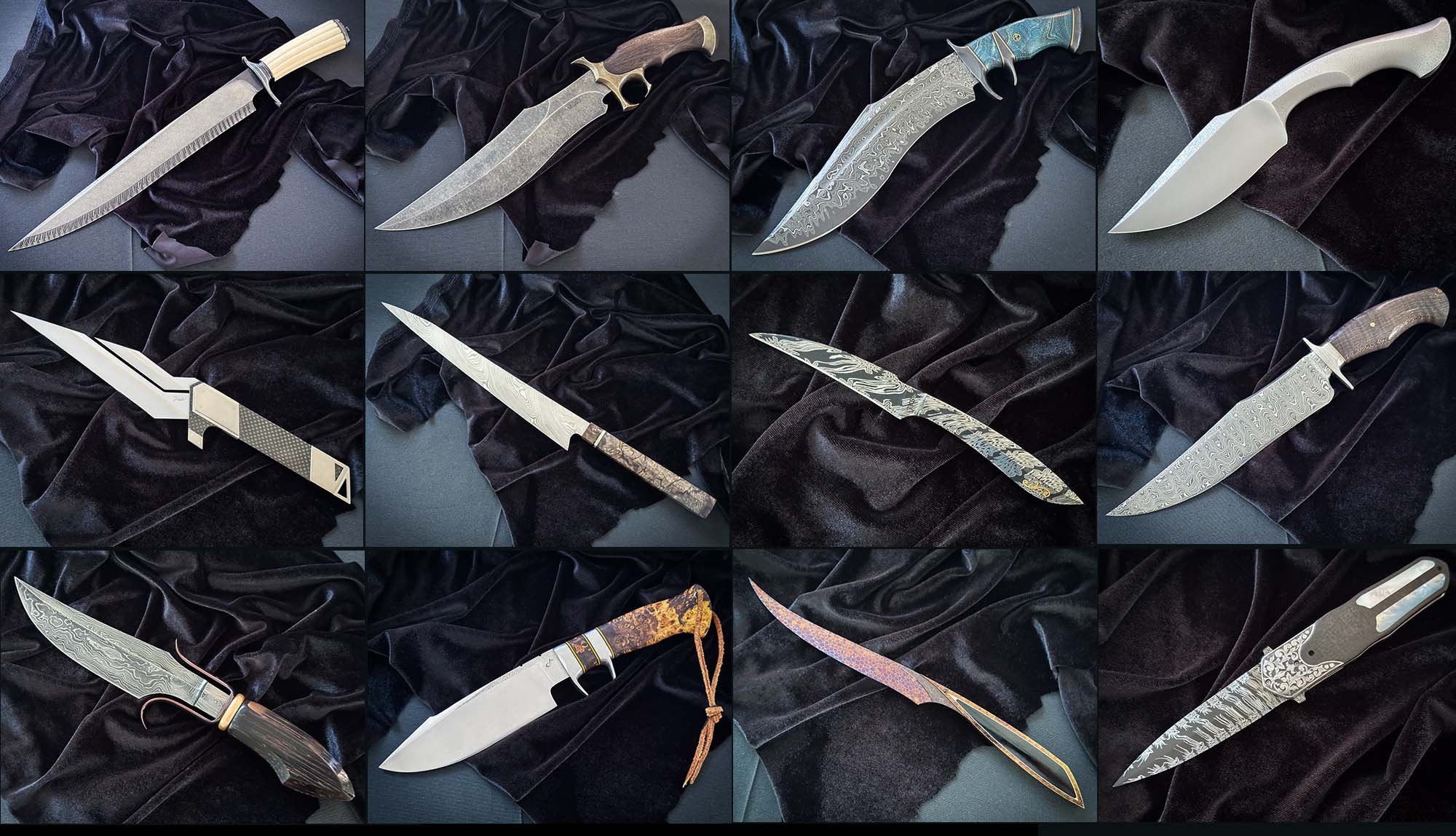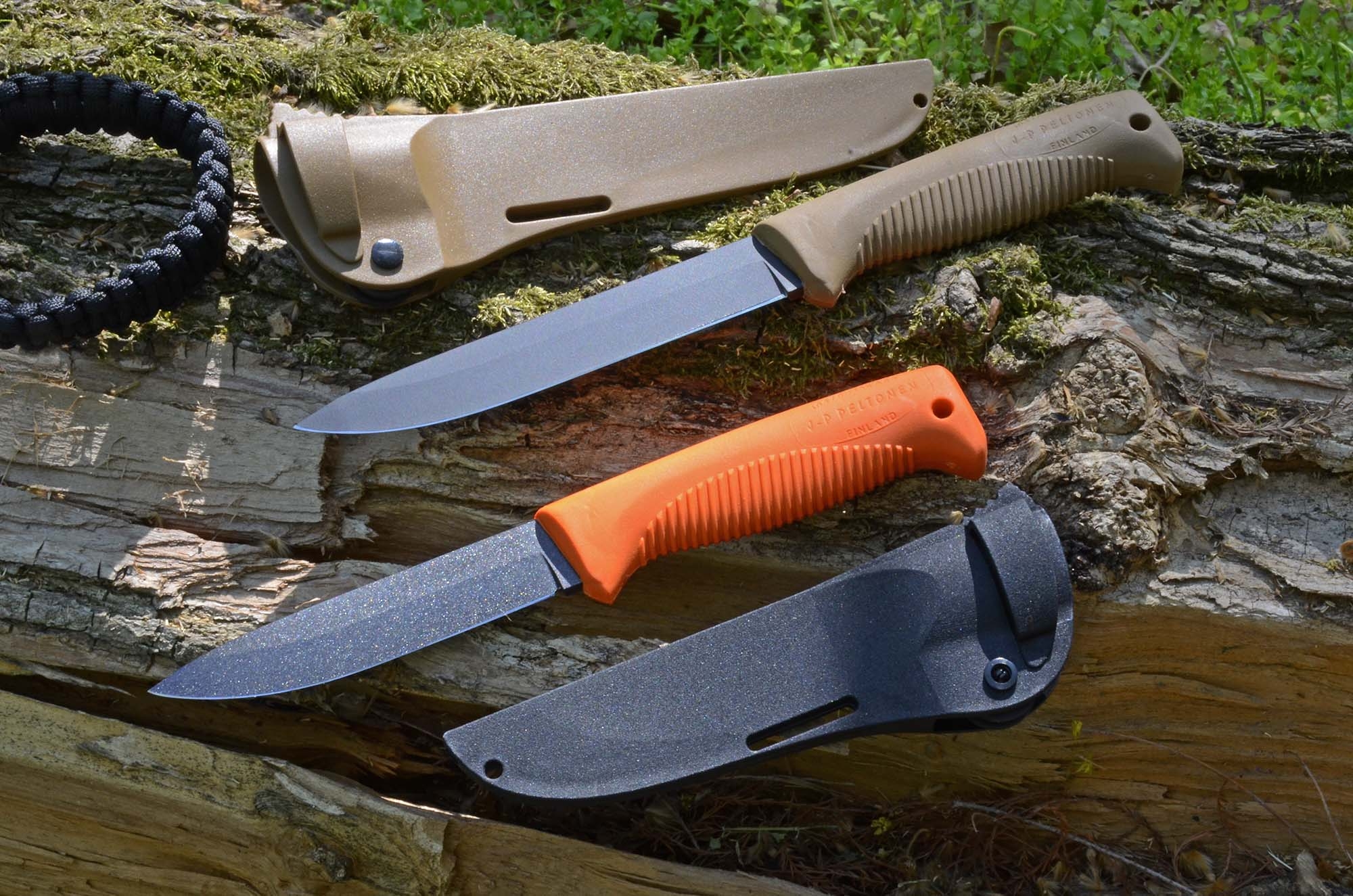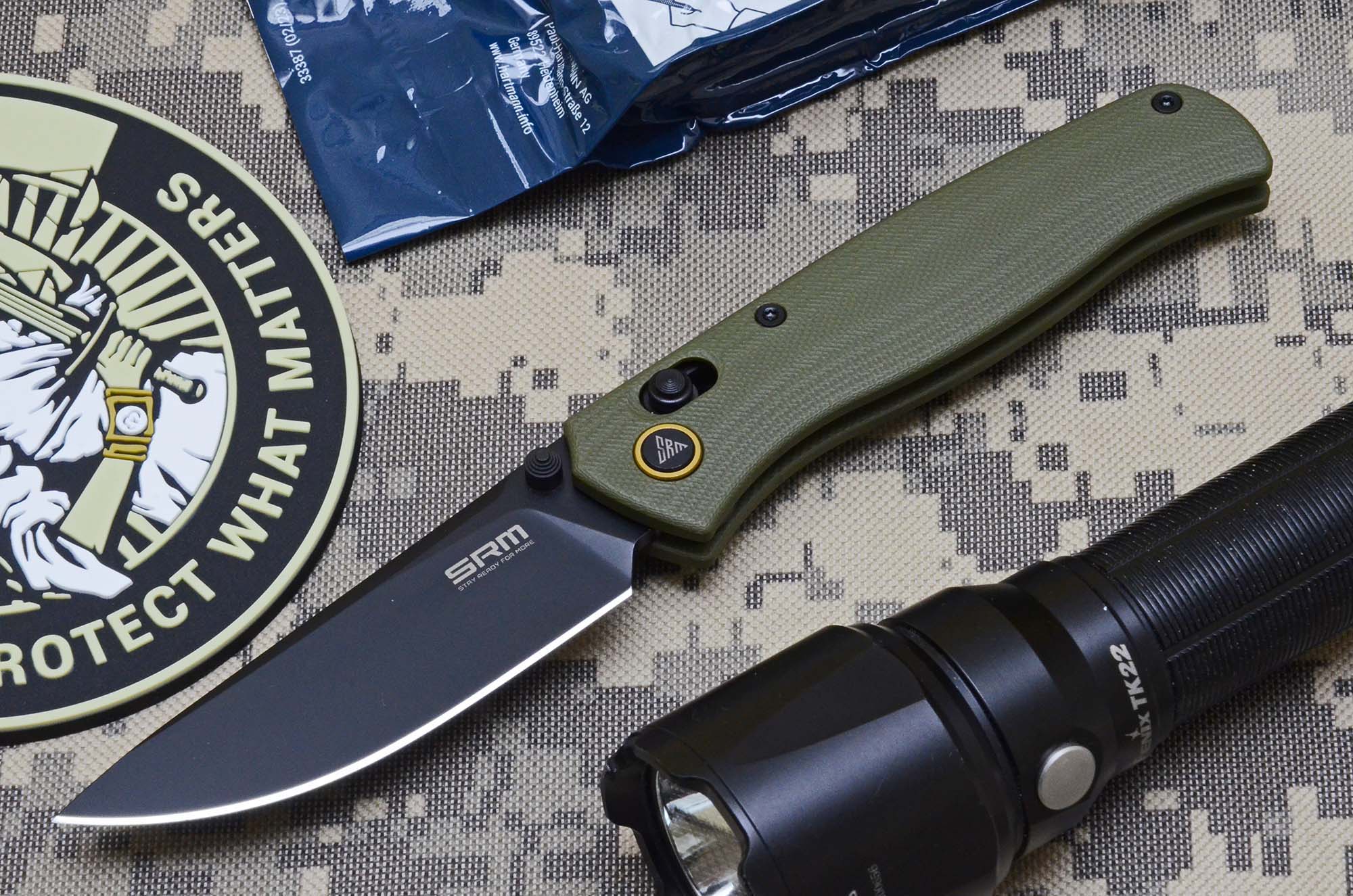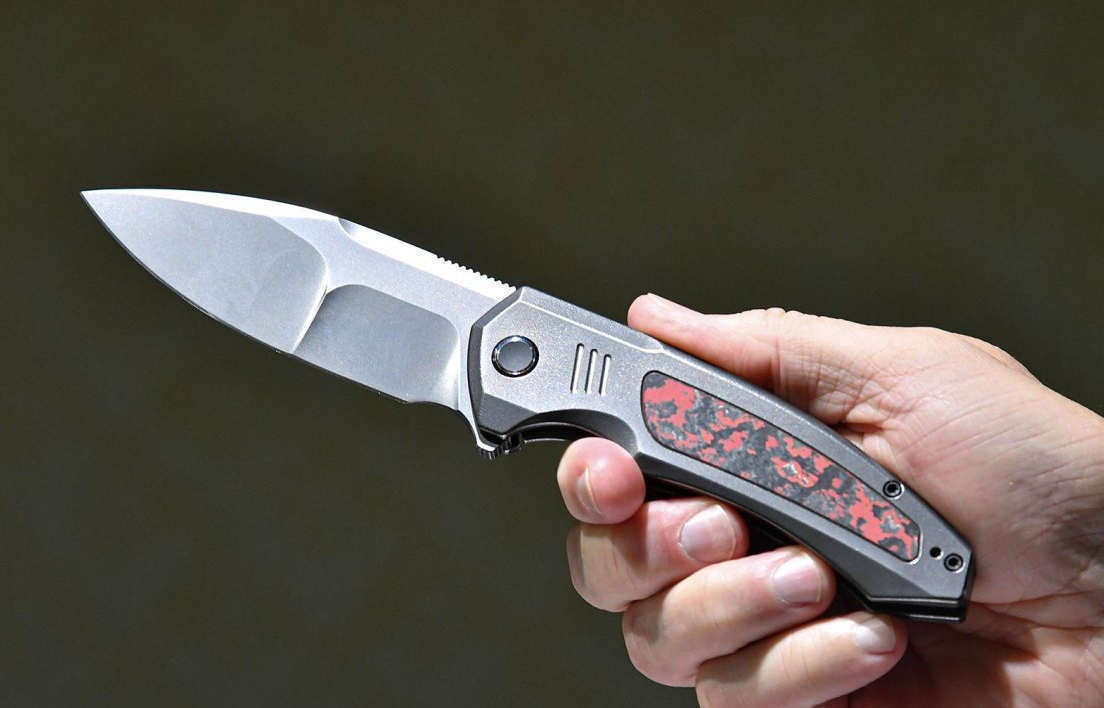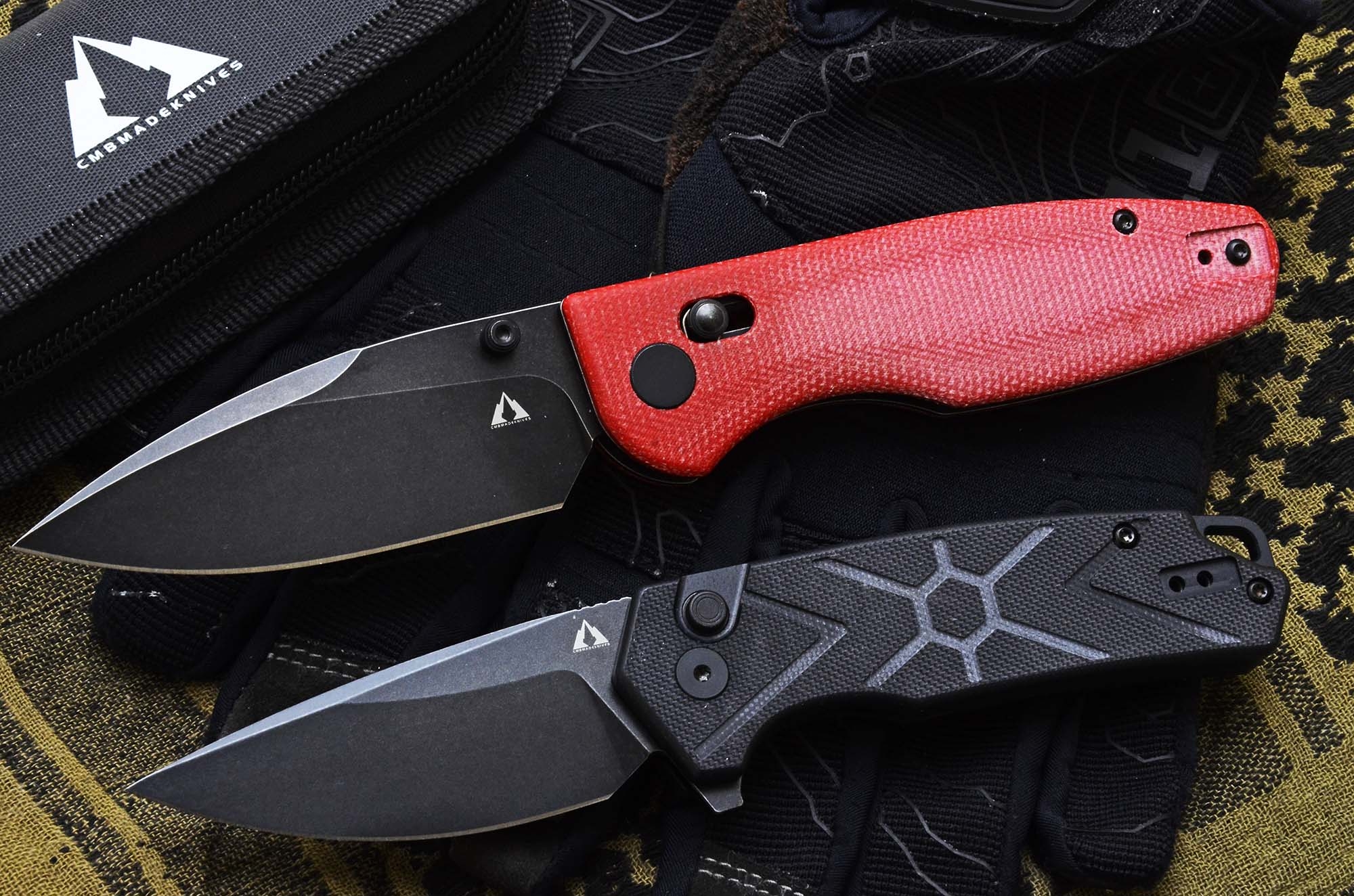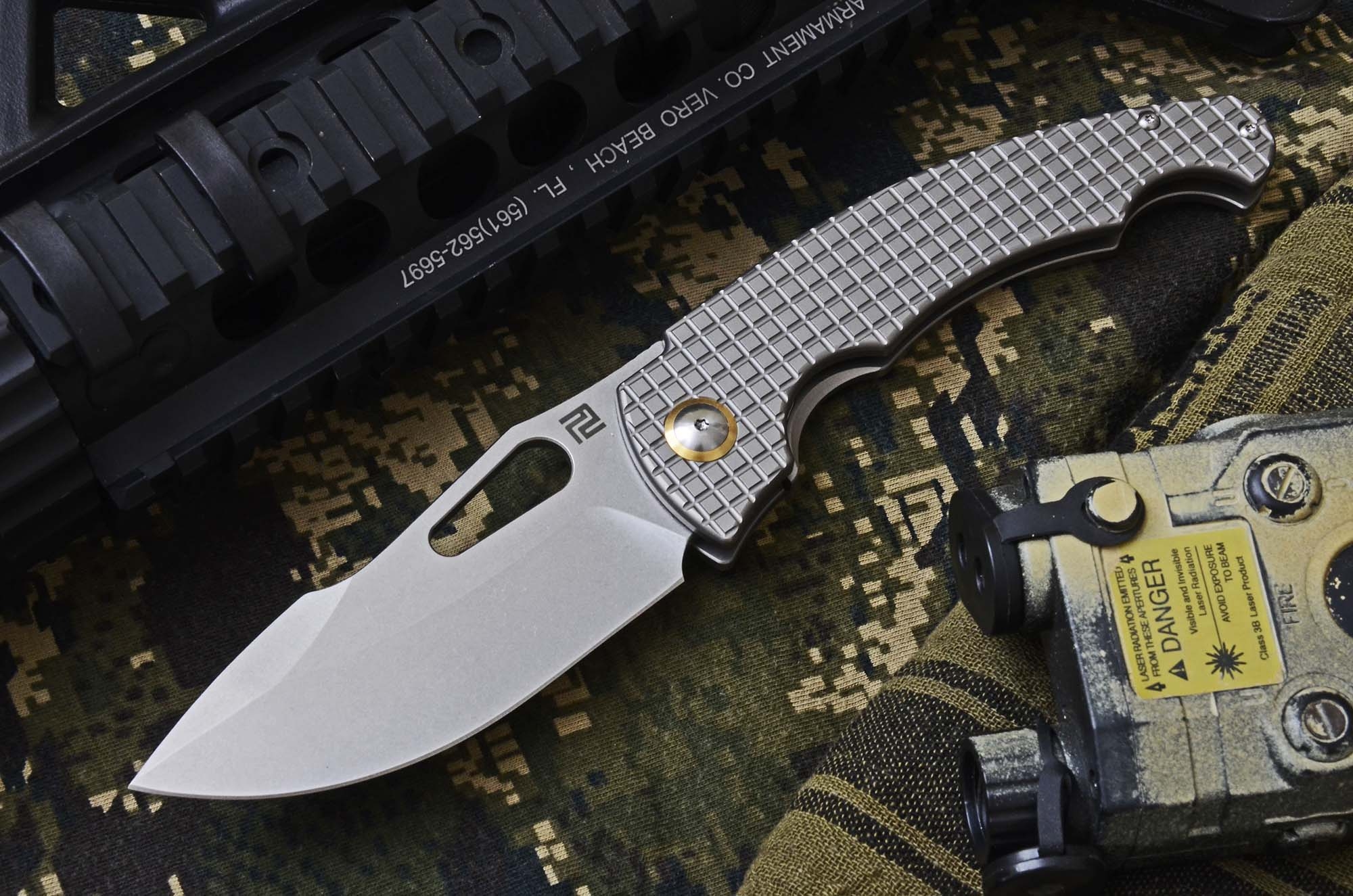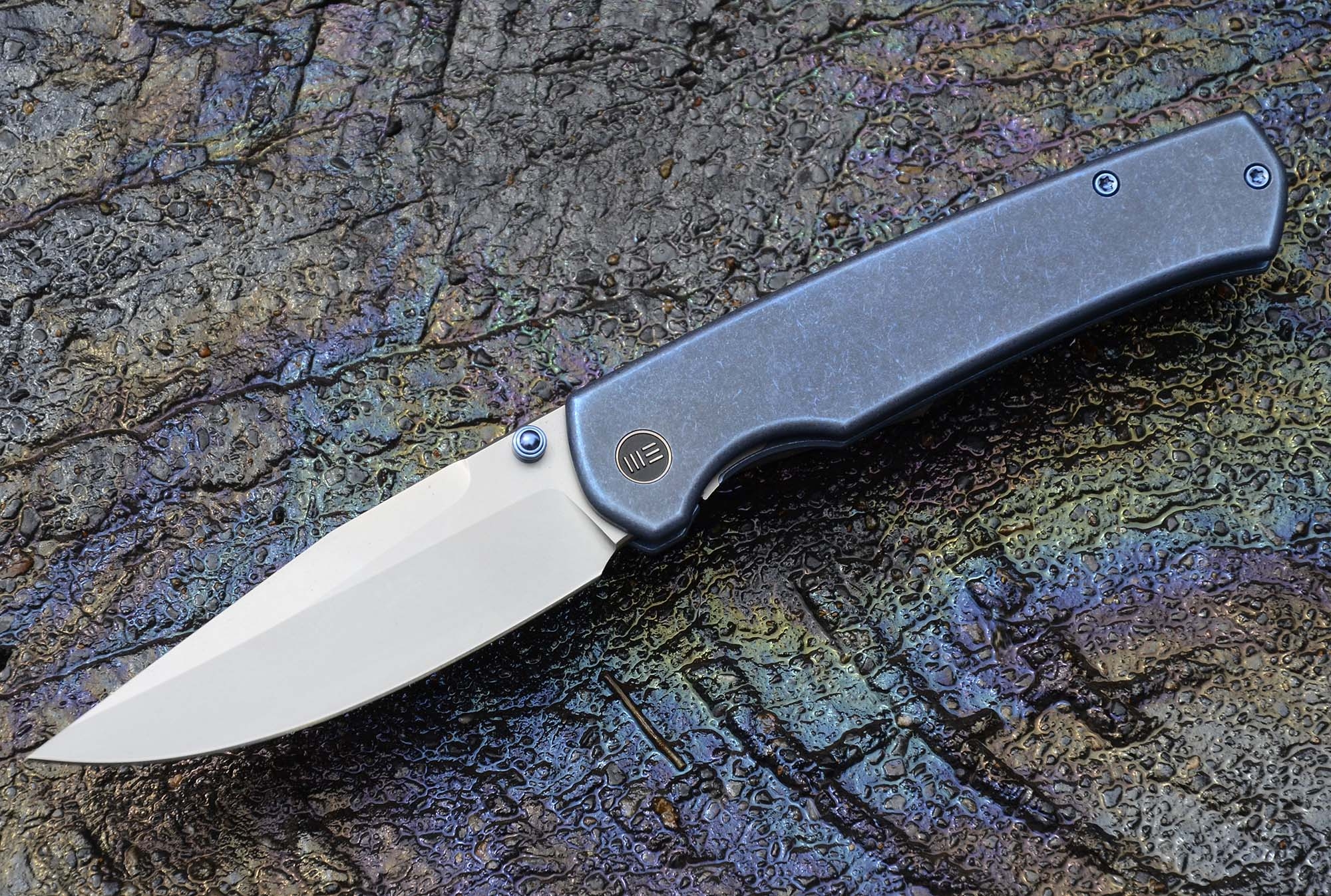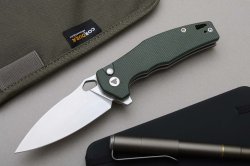
Trivisa is a Chinese company founded in 2006 with a history very similar to that of other brands that are now established internationally. Initially dedicated to contract manufacturing, they later chose to create their own brand. The factory site is located in the city of Yangjiang and it is equipped with ultra-high precision computer numerical control (CNC) equipment for steel plate cutting, stamping, water grinding, milling, high-speed handle polishing, blade stonewash finishing, up to packaging machines. Currently, Trivisa's subcontractor business continues alongside its own brand production. And it is precisely in Trivisa's catalog that we found the knife we are presenting: it is called Corvus and was designed by Alessandra De Santis (aka Hydra Design), a name now familiar to those who follow all4shooters.com, since we have already had the opportunity to present knives made to her design by several international companies.
The Trivisa Corvus folder designed by Alessandra De Santis
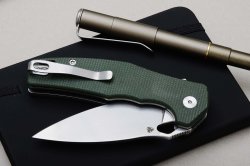
The knives designed by Alessandra De Santis often bear names inspired by classical mythology or even Eastern mythology (such as the Böker Yokai). Let's start with the name: we asked Alessandra why it was chosen, "Since Trivisa uses constellation names for its products," she said "to give continuity to their choice, I named the model Corvus, which is the constellation of the crow (the sacred bird of the god Apollo)." The Trivisa Corvus is an elegant everyday carry folder, compact in size and very light. The Corvus's sleek lines are emphasized by the handle scales, made of Micarta or G10, with an essential profile and clean surface.
The Corvus is a folding knife that can be opened in three different ways: by acting on the lock button and letting gravity, and perhaps a small flick of the wrist, do the rest; or by acting on the side flipper; or by using the triangular thumb hole on the back of the blade. The presence of a ball bearing (in this case, ceramic balls) on the blade's pivot system makes the opening operation very smooth and fast and is now a distinctive feature on most Chinese-made knives: if we think that a few years ago it was a component found only on extremely expensive folders, we can get an idea of how production costs have dropped by moving production to the East.
But back to the Corvus blade: made of Sandvik 14C28N stainless steel, it has a drop point profile and measures 80.5 mm by 3 millimeters thick; grind is flat and the edge is completely smooth. In our case the blade finish is satin, but it is also available with PDW coating in black stonewashed color – that is, with a worn effect. Workmanship on the blade is very good, without any uncertainties or machining marks. Factory sharpening is also very good and does not require any retouching.
The Corvus opens lightning-fast no matter what system you use, and we have not noticed any criticality switching from one system to the other. We asked Alessandra which of the three Corvus Trivisa possible opening system she prefers, and her answer was, "Personally, I prefer the flipper opening, which is more immediate, intuitive and easily operated under almost any condition."
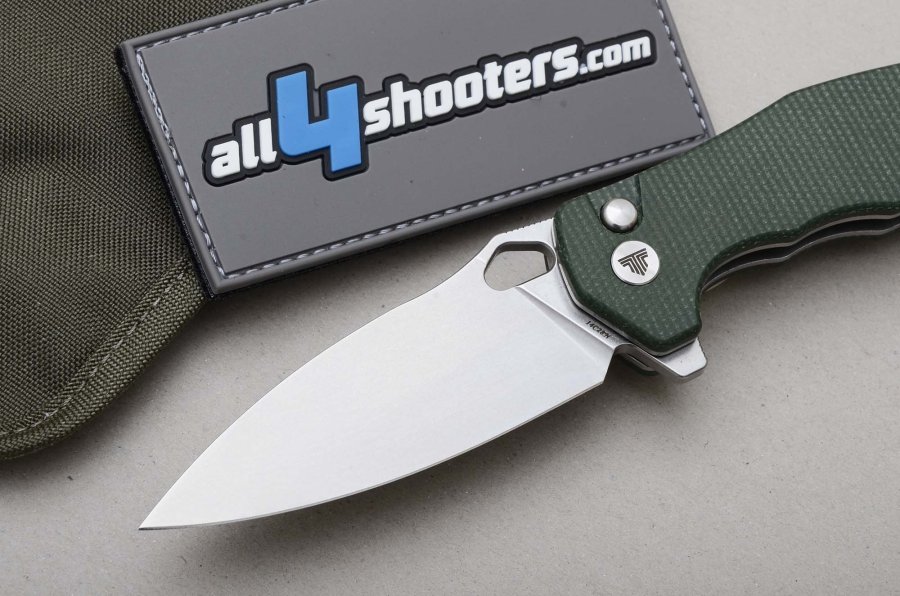
The handle of the model photographed is made of green Micarta with a slightly knurled surface that offers a good grip without scratching the user's fingers. Alternatively, it is available in black micarta or sand-coloured G10. The cheeks are attached to a pair of sturdy 1.5 mm thick stainless steel plates, which are lightened in the central part by some through millings that reduce the weight (99 grams) without affecting the solidity of the knife. The clip for carrying in tip-up condition (i.e. with the tip pointing upwards) is made of stainless steel, secured to the handle by a pair of Torx screws, and is reversible from one side to the other.
On the back of the handle we find a spacer made of the same material as the grips and a triangular-shaped loop for the safety lanyard, inside of which we found a few slight burrs of material, the only sign of workmanship, however irrelevant for practical purposes, found on the knife.
Trivisa Corvus: our judgement
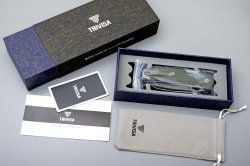
Our assessment of the Corvus Trivisa is more than positive. It is a well-made knife, offering the user as many as three blade opening systems and a safe and effective push-button lock. Apart from a small smudge that can be easily removed, it is very well constructed, has a nice line and is rational without being extravagant, and has an Italian DNA: in this it continues the very consistent creative path taken by its designer Alessandra De Santis. It ranks in the now quite crowded sector of EDC folders in the "entry level" category, with a retail price under 60 euros. As with many contemporary Chinese-made knives, packaging is very rich. The Cortvus Trivisa comes in a sturdy cardboard box with a mottled finish and a molded foam interior. The knife, which can be purchased online on the manufacturer's website, comes in a cellophane bag and is accompanied by a microfiber cloth, a pouch, a warranty certificate, and a brochure that provides maintenance and sharpening tips. This also makes it ideal as a gift item. And if anyone objects that giving knives as gifts is bad luck, know that it is not true. It is bad luck to be superstitious.
Trivisa Corvus specs and price
Manufacturer | Trivisa |
Designer: | Hydra Design |
Type: | Folding knife |
Locking Mechanism: | Button |
Opening Systems: | Side flipper, thumbhole on blade, button |
Blade Profile: | Drop point |
Blade Steel: | 14C28N Sandvik, hardness 58-60HRC |
Blade Finish: | Satin or black stonewashed |
Handle: | Micarta or G10, stainless steel spacers |
Blade Length: | 80.5 mm |
Blade Thickness: | 3 mm |
Overall Length: | 186 mm |
Clip: | Stainless steel, tip-up |
Weight | 99 g |
Notes: | Supplied with knife pouch |
Price: | 55 euro approx. |



